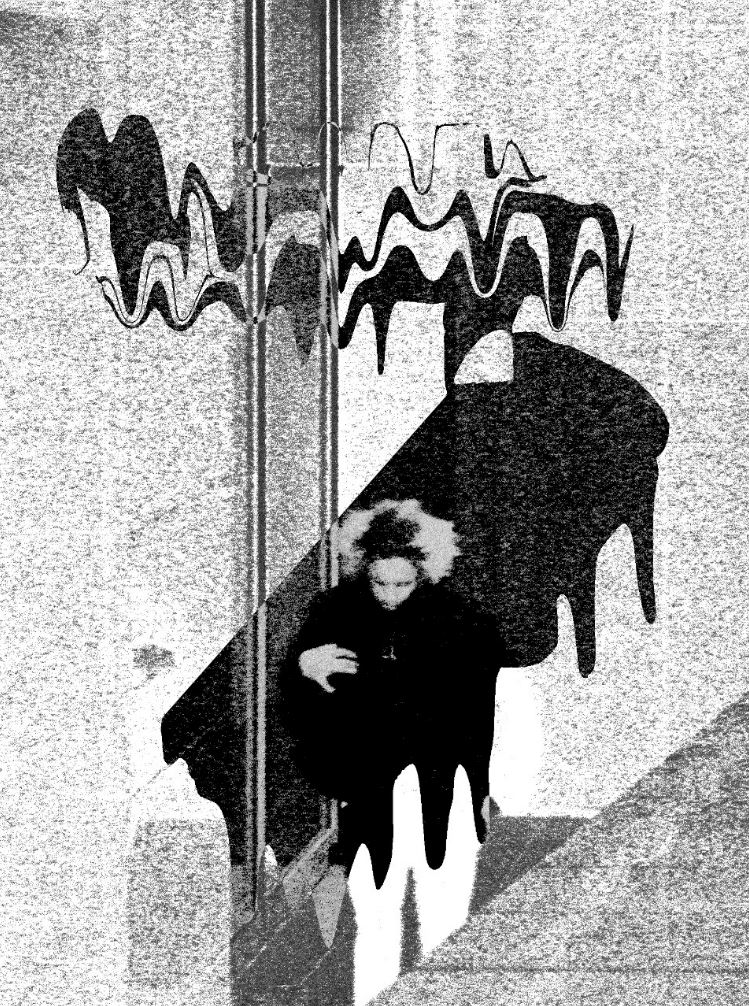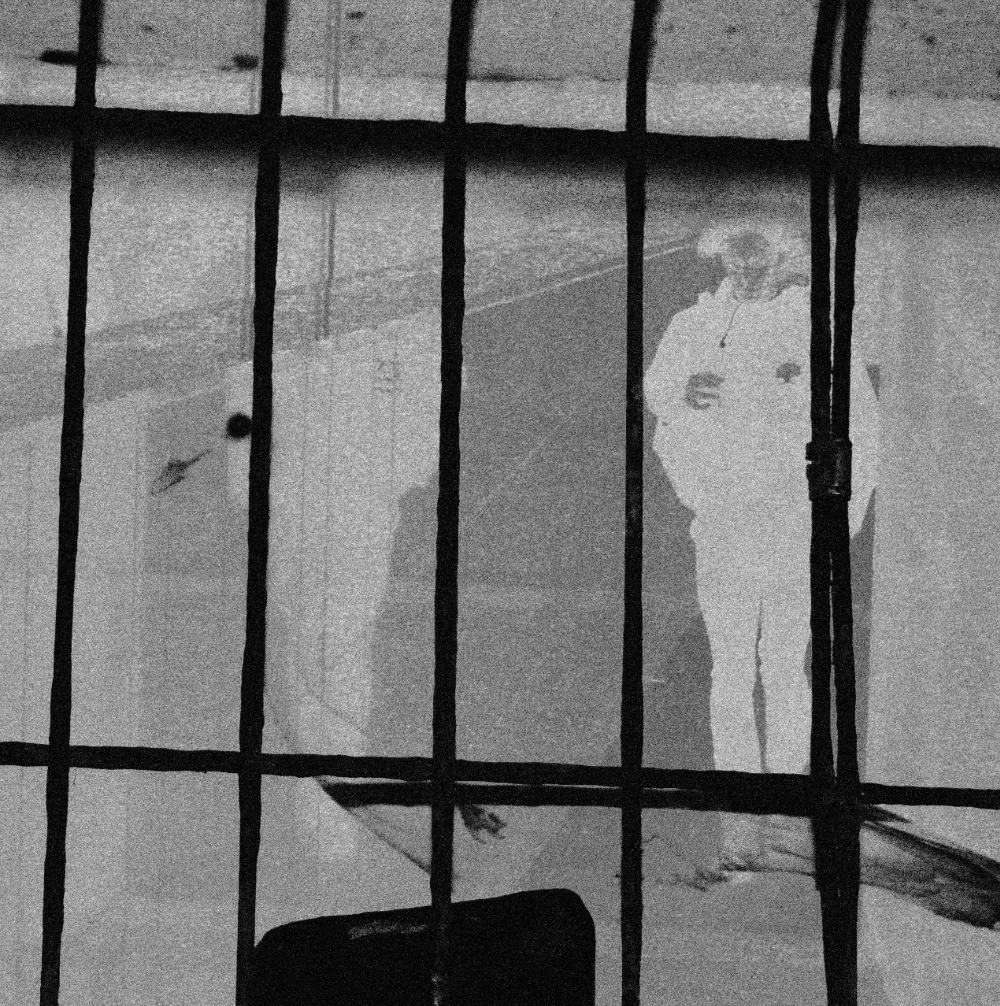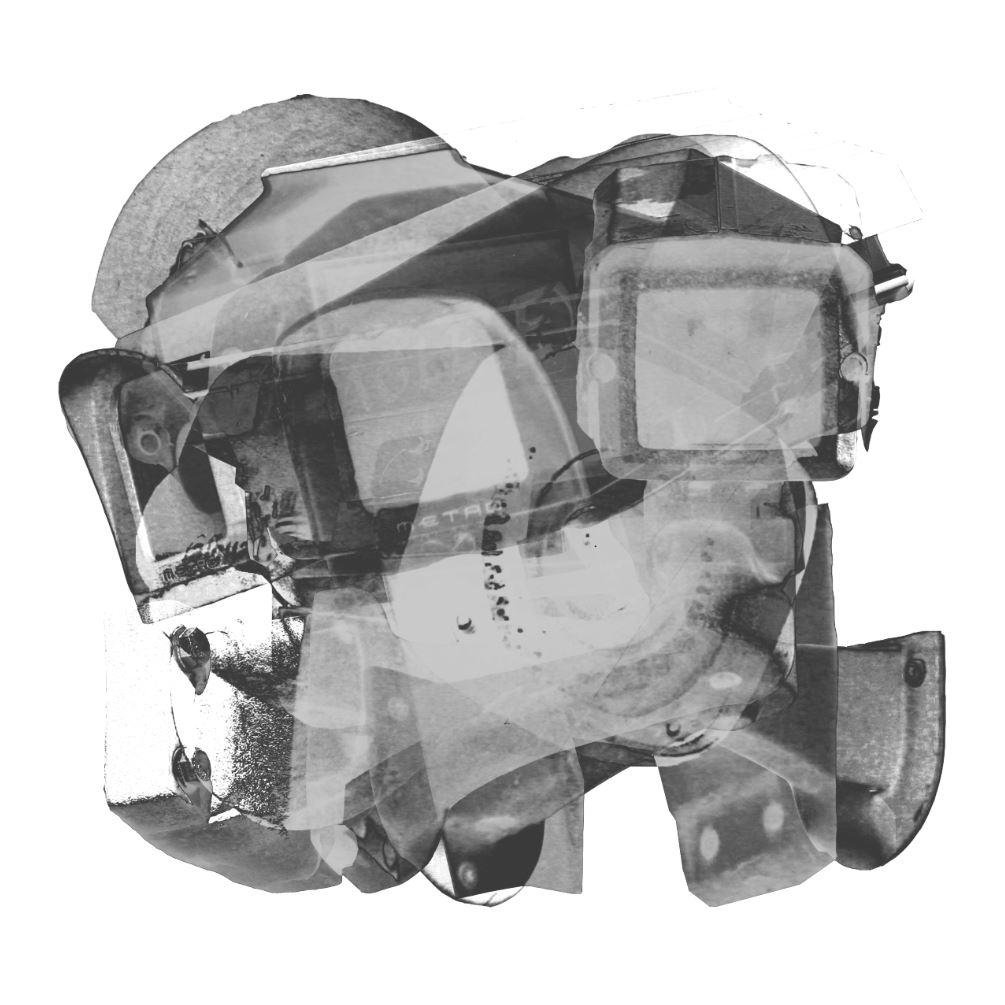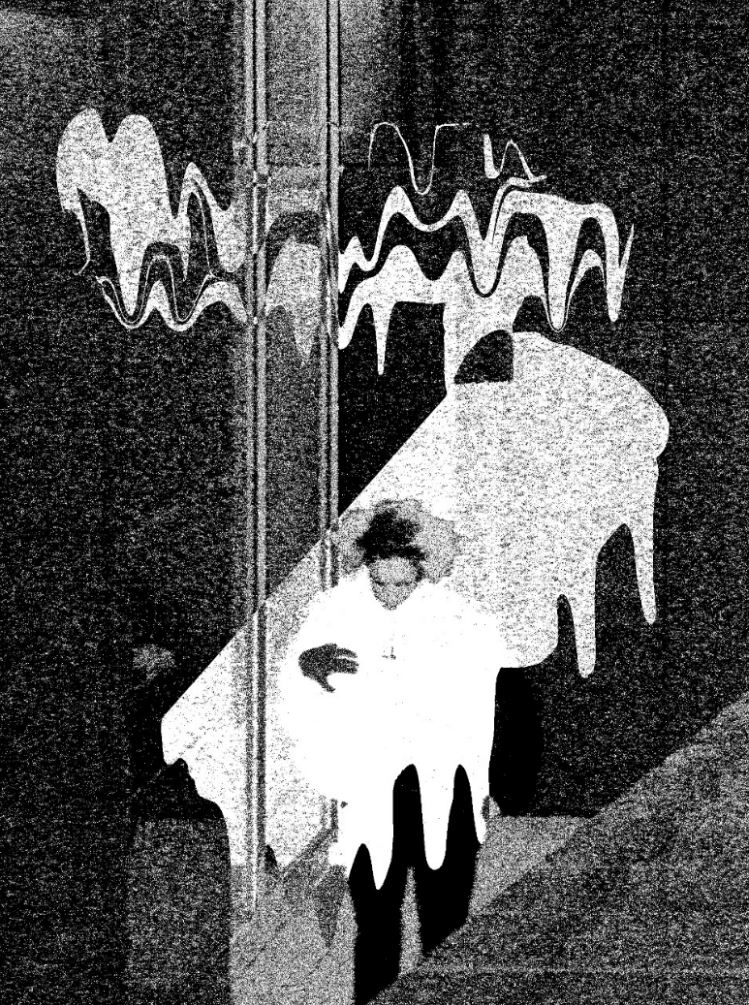For my political landscape project I am planning to focus on the juxtaposition of walls and how they have been misunderstood and used in a way that creates a sense of isolation and entrapment.
Throughout my project I looked at the theory “When Walls Talk”. By using this theory, it has given me the opportunity to look at different artists with different ideas however, with the same concept behind their images. Their were multiple artists that were used throughout this theory although, there were two that stood out the most.
I felt these two photographers reflected this theory the best and I also thought that they inspired me the most due to their different styles that I felt allowed them to standout over the other photographers. The different themes of photo journalism and documentary photography I thought were the main themes within the two photographers styles due to the subjects within the photographs.
Bruce Davidson and his ‘Subway’ photographs corporate human life within the dull underground graffiti which allowed these images to produce a powerful story and concept and a strong meaning with a concept relating to when walls talk. Bruce’s work is in colour which allows for the different layers of graffiti to stand out which also creates a sense of depth throughout his images.

Alex Webb and his photographs from Haiti are documentary photograph and conveys the idea of isolation and intimidation however some of his images also contrasted against each other as they were also breaking the rule of isolation as it shows subjects challenging the theory. His images are in colour which allows for the use of vibrant colours in these run down areas which reduces the sense of isolation. 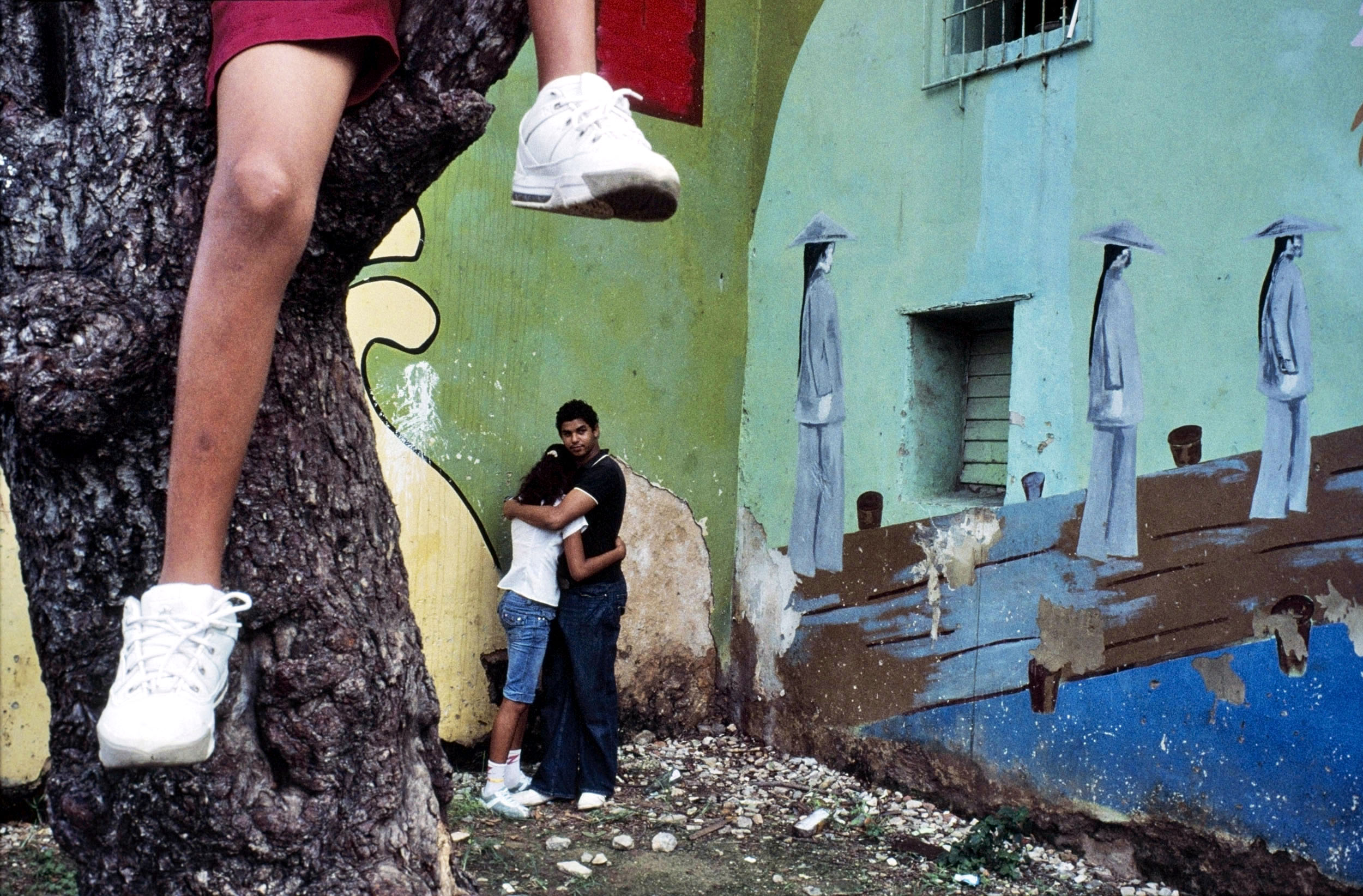

There was an artist that also stood out however he conveyed the theory in a different way. Josef Koudelka’s use of a panoramic camera allows himself to create photographs that mimic the monumental quality of a barrier that links to the theme of isolation and the theory that I am studying. His images are all in black and white which creates strong and empowering shadows which creates a strong contrast throughout his images.






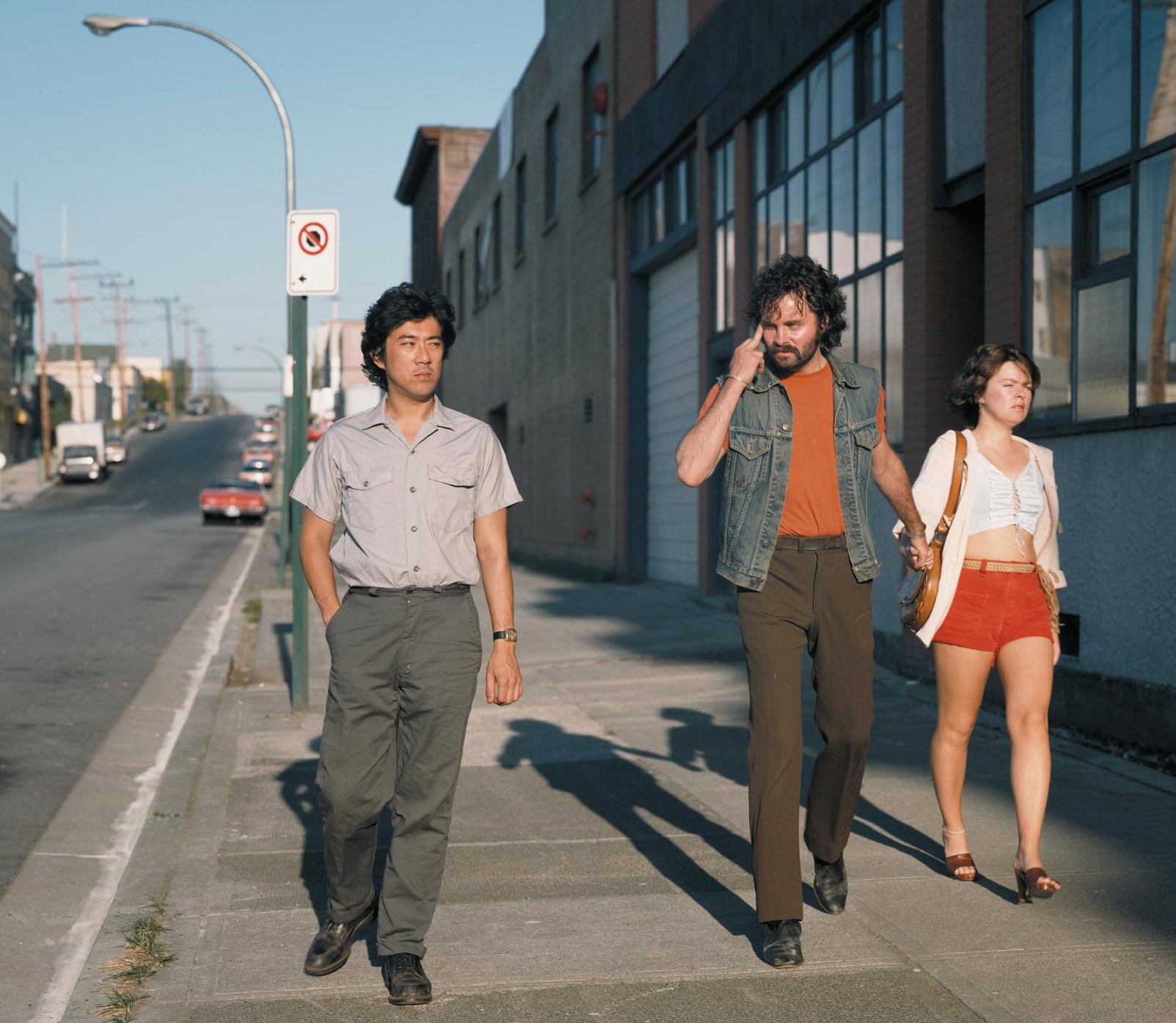

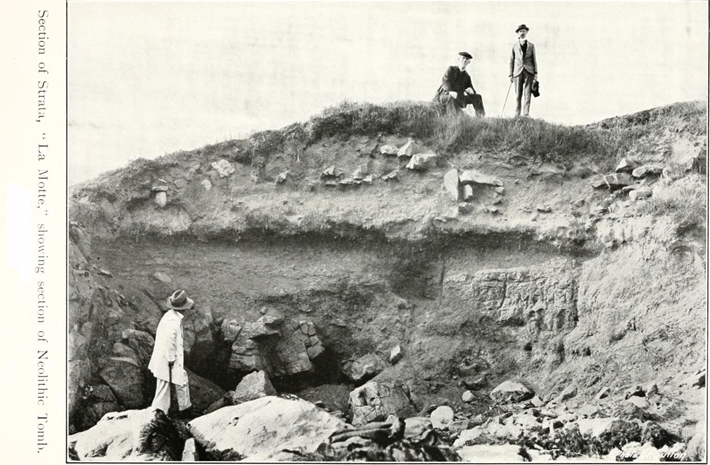



/arc-anglerfish-arc2-prod-jerseyeveningpost-mna.s3.amazonaws.com/public/BTV2F7FIYZCOJMDC3F7QT23XG4.jpg)


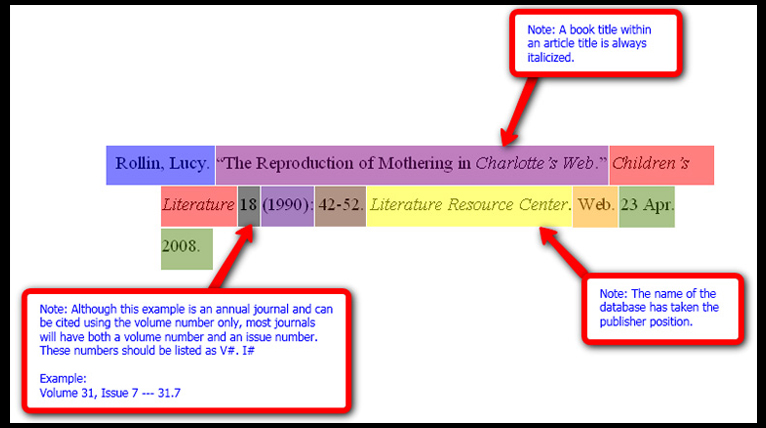
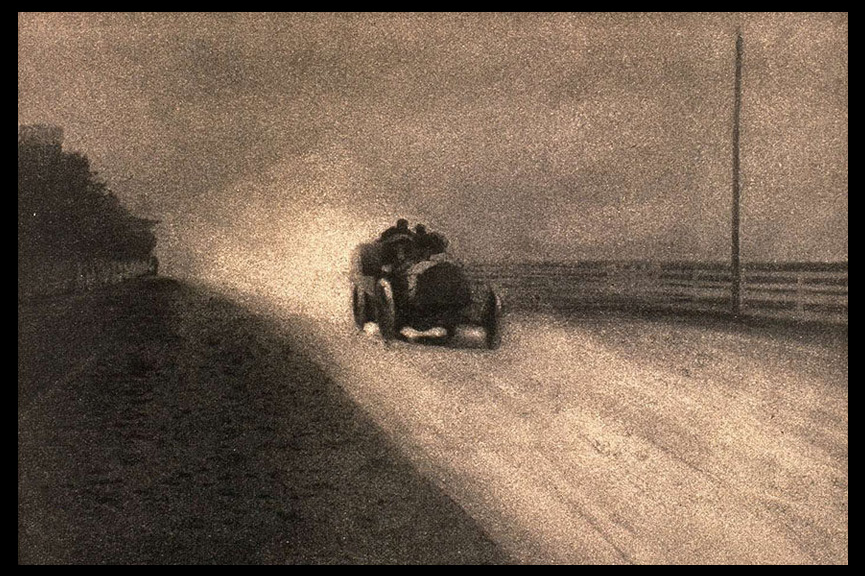 recognized as a form of art, committing their lives to photographic manipulation exploration, leading many to find new techniques not previously used or seen before.
Artists Associated: Henry Peach Robinson, Julia Margaret Cameron, Peter Henry Emerson, The Vienna Camera Clud (Group), The Brotherhood of the Linked Ring (Group), Photo-Secession (Group).
Key Works: Morning (1908 - Clarence H.White), Pond in Winter (1888, Peter Henry Emerson), I wait (1972, Rachel Gurney), The Steerage (1907, Alfred Stieglitz).
Methods/Techniques/Processes: The style of work was created by manipulating images in the darkroom, scratching and marking their prints so that they imitate the texture of a canvas, using soft focus, blurred and fuzzy imagery based on allegorical and spiritual subject matter, including religious scenes.
recognized as a form of art, committing their lives to photographic manipulation exploration, leading many to find new techniques not previously used or seen before.
Artists Associated: Henry Peach Robinson, Julia Margaret Cameron, Peter Henry Emerson, The Vienna Camera Clud (Group), The Brotherhood of the Linked Ring (Group), Photo-Secession (Group).
Key Works: Morning (1908 - Clarence H.White), Pond in Winter (1888, Peter Henry Emerson), I wait (1972, Rachel Gurney), The Steerage (1907, Alfred Stieglitz).
Methods/Techniques/Processes: The style of work was created by manipulating images in the darkroom, scratching and marking their prints so that they imitate the texture of a canvas, using soft focus, blurred and fuzzy imagery based on allegorical and spiritual subject matter, including religious scenes.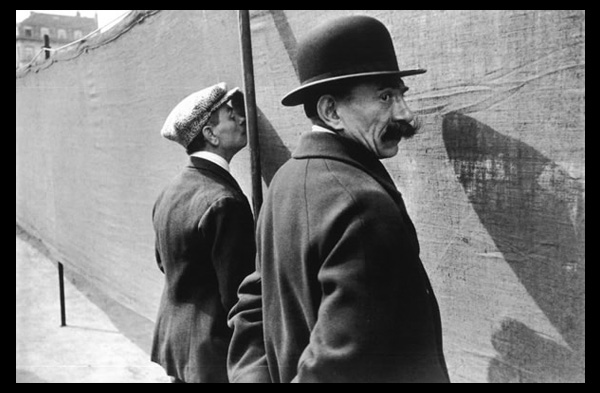 Artists Associated: Alfred Stieglitz, Paul Strand, Walker Evans, Lewis W Hine, Jacob Riis, Dorothea Lange, Ansel Adams.
Key Works: Porch Shadows (1916, Paul Strand), Blind Woman New York (1916, Paul Strand), The Tetons and the Snake River (1942, Ansel Adams).
Methods/Techniques/Processes: The process is generally not manipulated but instead sharply depicts the image as someone sees it. Straight photographers visualize the image before taking it, stated by Ansel Adams "Get your lighting and exposure correct at the start and both the developing and printing can be practically automatic".
Artists Associated: Alfred Stieglitz, Paul Strand, Walker Evans, Lewis W Hine, Jacob Riis, Dorothea Lange, Ansel Adams.
Key Works: Porch Shadows (1916, Paul Strand), Blind Woman New York (1916, Paul Strand), The Tetons and the Snake River (1942, Ansel Adams).
Methods/Techniques/Processes: The process is generally not manipulated but instead sharply depicts the image as someone sees it. Straight photographers visualize the image before taking it, stated by Ansel Adams "Get your lighting and exposure correct at the start and both the developing and printing can be practically automatic".